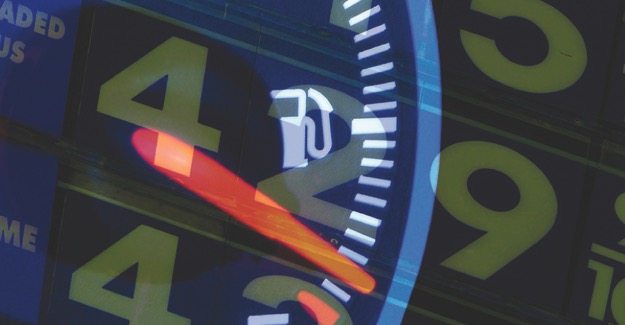The what, why and how of motoring taxation
Future governments face a relentless decline in the tax income they receive from fuel duty and VED. This is despite predicted growth in traffic.
By 2029 the size of the Chancellor’s black hole in terms of reduced motoring tax revenue will be £13 billion (in today’s money).
The reason for this drop is the ever-increasing fuel efficiency of petrol and diesel cars, and the expected large take-up of fully electric cars.
The scenario is painted in Fuel for Thought, the what, why and how of motoring taxation, commissioned by the RAC Foundation from the independent Institute for Fiscal Studies.
“As drivers endure record prices at the pumps they might be surprised to learn that future governments face a ‘drought’ in motoring tax income.
“The irony is that while ministers encourage us to buy greener, leaner cars, they are being forced to look at ways of clawing back the money motorists think they will be saving. This isn’t scaremongering. The Treasury has already announced a review of VED bands to ensure drivers make a ‘fair contribution’ to the public finances even as cars become more fuel efficient.
“If the Chancellor was faced with a £13 billion shortfall in motoring tax revenue today he would need to push the rate of fuel duty up from 58p per litre to 87p per litre to fill the financial black hole. Clearly there is no guarantee that future rises in duty rates will be limited to inflation as is current policy.
“The government has hard choices to make. Amongst the options are: foregoing the money it gets from drivers, pushing up duty on petrol and diesel, or starting to tax green forms of energy such as the electricity used in battery powered cars. None are appealing. The first blows a hole in the Treasury’s budget. The second blows a hole in drivers’ budgets. And the third risks stalling the decarbonisation of road transport.”



